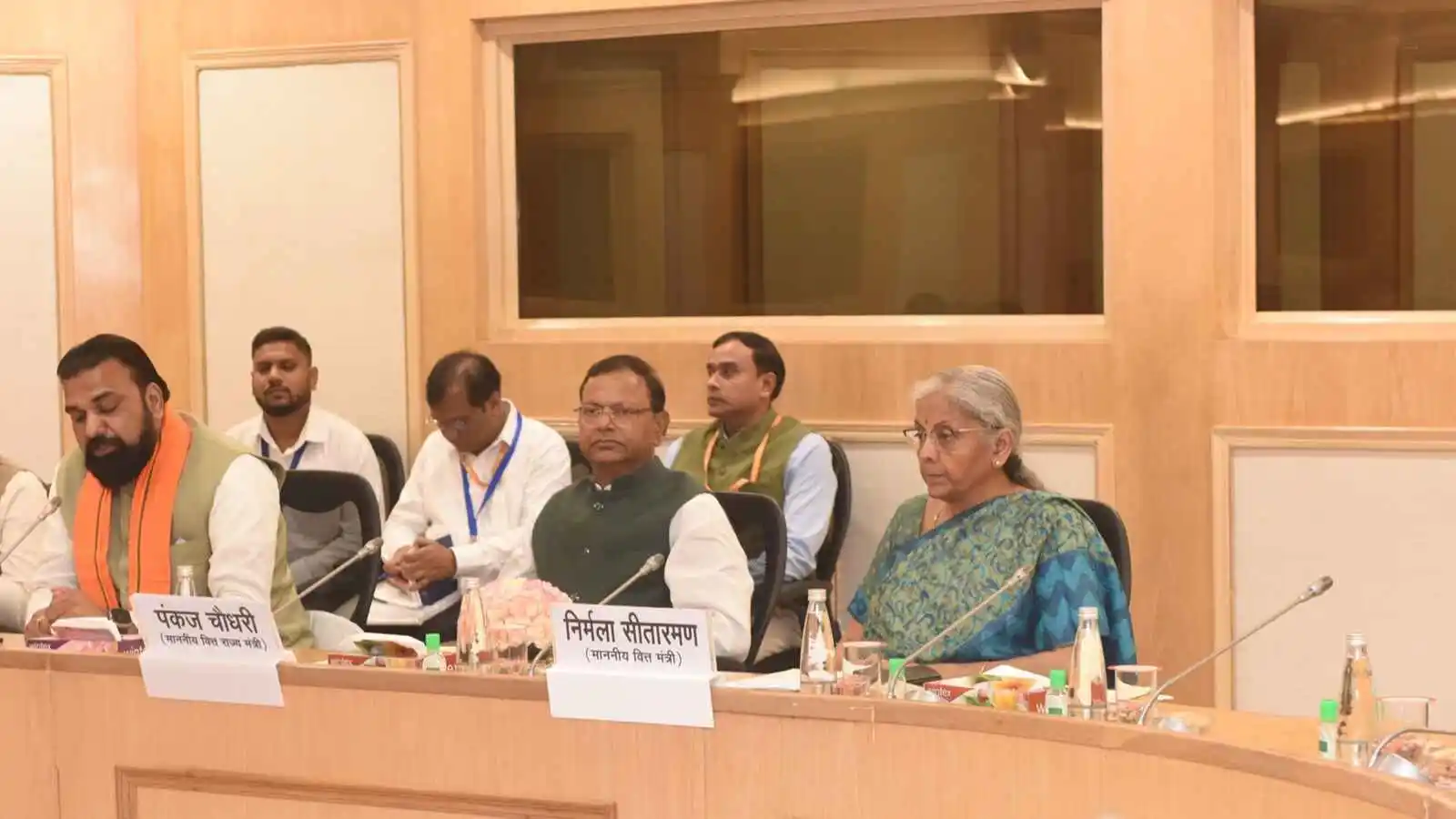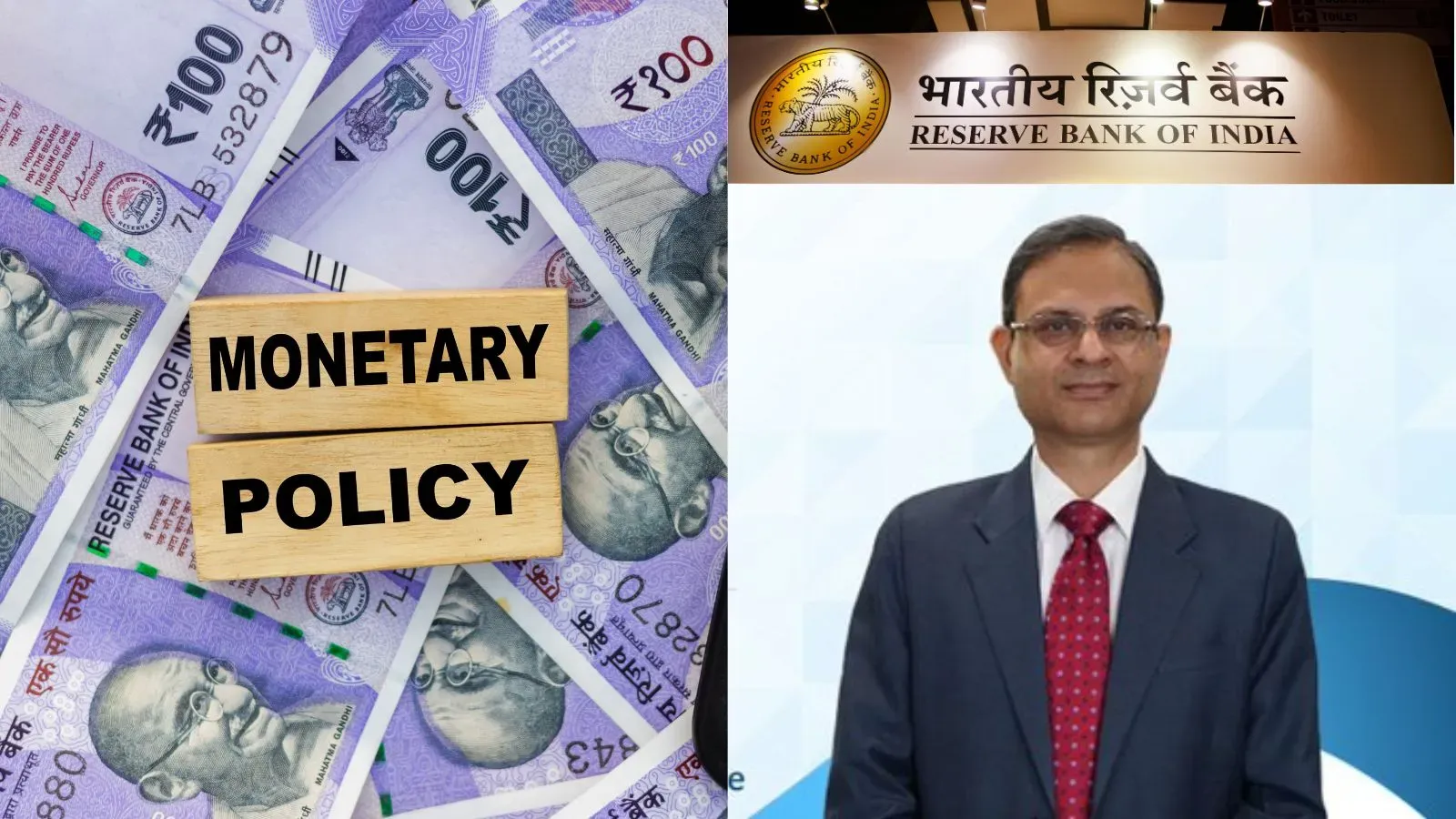Business News
Sitharaman pitches next-gen GST reforms to GoMs, explains necessity of tax reforms
.png)
2 min read | Updated on August 20, 2025, 17:13 IST
SUMMARY
The GoMs on rate rationalisation, insurance taxation and compensation cess will over two days deliberate on the Centre's 'next-gen' GST reforms under which tax will be levied at 5% and 18% rates.

Nirmala Sitharaman addressed the three Groups of Ministers (GoMs) constituted by the GST Council on compensation cess, health and life insurance, and rate rationalisation at Vigyan Bhawan.
Union Finance Minister Nirmala Sitharaman on Wednesday presented before the Groups of Ministers (GoMs) from states a blueprint for wide-ranging reforms in the Goods and Services Tax (GST) regime, including a rationalised two-rate structure, lower tax incidence on insurance and simplified compliance norms.
Addressing the three GoMs at Vigyan Bhawan in New Delhi, Sitharaman said the proposed reforms are aimed at ushering in the “next generation of GST reforms” to strengthen industry confidence, boost consumption and make compliance easier for businesses.
Sitharaman’s presentation lasted about 20 minutes, during which she emphasised that the reforms rest on three pillars – structural changes to correct duty inversions, rate rationalisation to provide relief to common people and businesses, and tech-driven measures to enhance ease of compliance.
The GoMs – on compensation cess, health and life insurance, and rate rationalisation – will meet over two days, August 20-21, to review the Centre’s proposals before sending their recommendations to the GST Council.
The Council, headed by the Union finance minister and comprising state finance ministers, is expected to take up the matter in its next meeting. Officials indicated that final approval is likely before Diwali.
At present, GST is levied at four main slabs – 5%, 12%, 18% and 28% – with cess imposed on luxury and sin goods. The Centre has proposed collapsing these into a simplified structure of 5% for ‘merit’ goods, 18% for ‘standard’ goods and services, and a higher 40% rate on a few select items.
The rationalisation GoM has been tasked with suggesting slab restructuring and removal of duty inversions affecting several sectors. It is scheduled to reconvene on Thursday to take the discussions forward.
The GoM on insurance is deliberating on lowering GST rates on health and life insurance premiums to make them more affordable.
Another GoM is reviewing the compensation cess, which was extended until March 2026 to repay borrowings made during the pandemic. It has been asked to recommend the way forward once loan obligations are met.
SBI Research has estimated that the proposed rationalisation, if implemented from October 1, could lead to a revenue loss of about ₹45,000 crore in the current fiscal and about ₹85,000 crore annually thereafter.
"The GST 2.0 regime, while involving an average revenue loss of ₹85,000 crore, is estimated to have boosted consumption by ₹1.98 lakh crore," the report said.
By signing up you agree to Upstox’s Terms & Conditions
About The Author
Next Story

